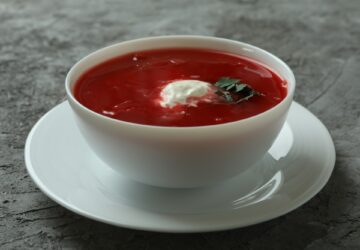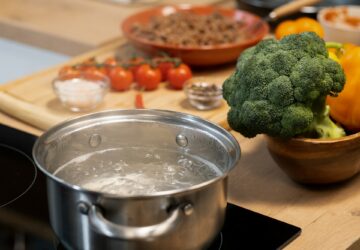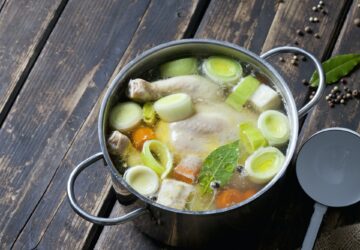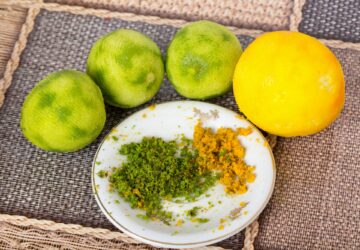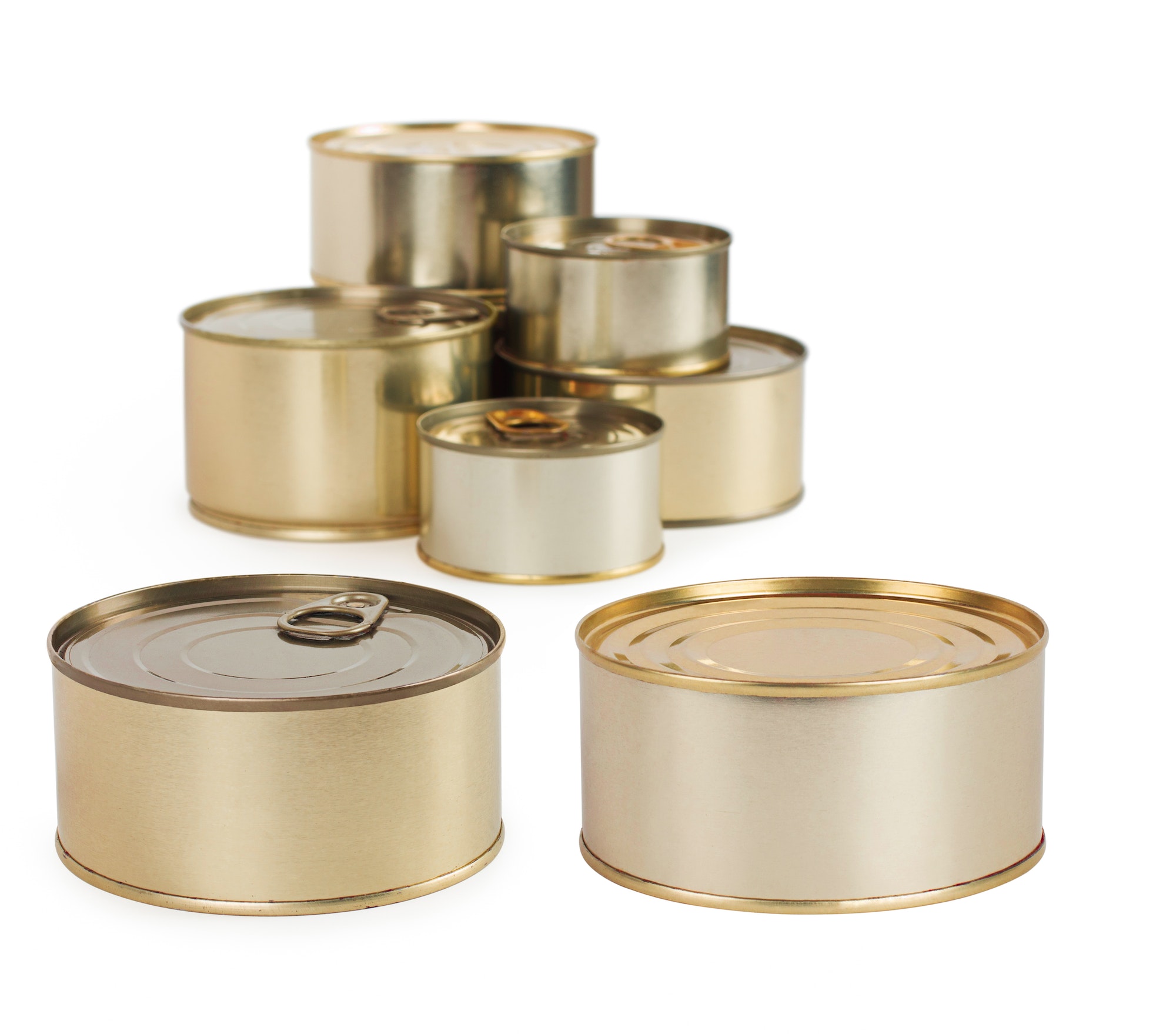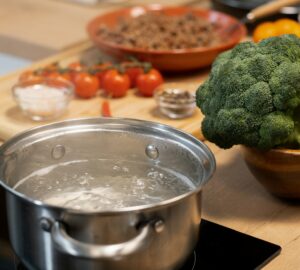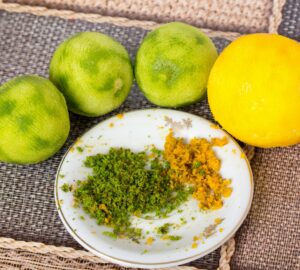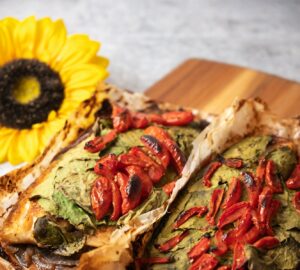Canning is a method of food preservation that involves processing and sealing food in airtight containers, typically glass jars or metal cans, to extend its shelf life and maintain its quality. This technique was first developed in the early 19th century by French inventor Nicolas Appert, who sought a way to preserve food for Napoleon’s army during long military campaigns. Canning has since become a popular method of preserving a wide variety of foods, from fruits and vegetables to meats, fish, and sauces.
The primary purpose of canning is to destroy microorganisms and inactivate enzymes that can cause spoilage and deterioration in food. By creating an airtight seal, canning also prevents recontamination by airborne bacteria or molds. The canning process typically involves the following steps:
- Preparation: Food is first washed, peeled, and chopped as necessary, and any inedible parts are removed. In some cases, food may be pre-cooked or blanched before canning.
- Filling: The prepared food is packed into clean, sterilized jars or cans. Some canning recipes may call for the addition of a pickling solution, syrup, or brine, depending on the desired final product.
- Sealing: Lids and bands are placed on the jars, or cans are sealed with specialized equipment. It is important to ensure a proper seal to maintain an oxygen-free environment inside the container and prevent spoilage.
- Processing: The filled containers are heated, either by boiling in a water bath or pressure canning in a pressure canner, to destroy harmful microorganisms and create a vacuum seal. The exact processing time and temperature depend on the type of food and the canning method used.
- Cooling and storage: Once processed, the jars or cans are removed from the heat and allowed to cool, which further strengthens the vacuum seal. Properly canned foods can be stored in a cool, dark place for an extended period, often up to several years.
There are two main canning methods: water bath canning and pressure canning. Water bath canning is suitable for high-acid foods, such as fruits, jams, jellies, pickles, and chutneys. The boiling water bath kills most bacteria and creates a vacuum seal. However, it is not sufficient for low-acid foods like vegetables, meats, and fish, which require higher temperatures to destroy heat-resistant bacteria like Clostridium botulinum, the cause of botulism. Pressure canning, which uses steam under pressure to reach temperatures above boiling point (240°F/116°C), is necessary for preserving these low-acid foods safely.
Canning is an effective and economical way to preserve food, allowing for the enjoyment of seasonal produce year-round and reducing food waste. However, it is essential to follow proper canning techniques and guidelines to ensure food safety and prevent the risk of foodborne illnesses.
